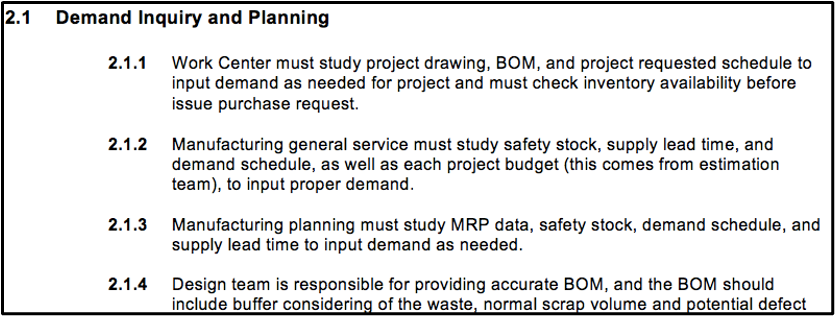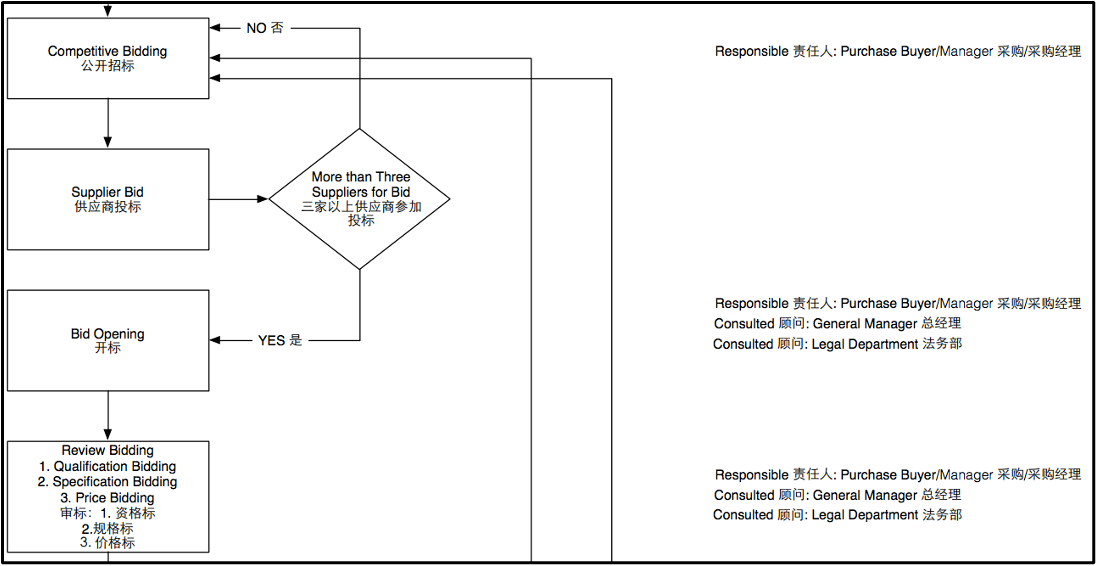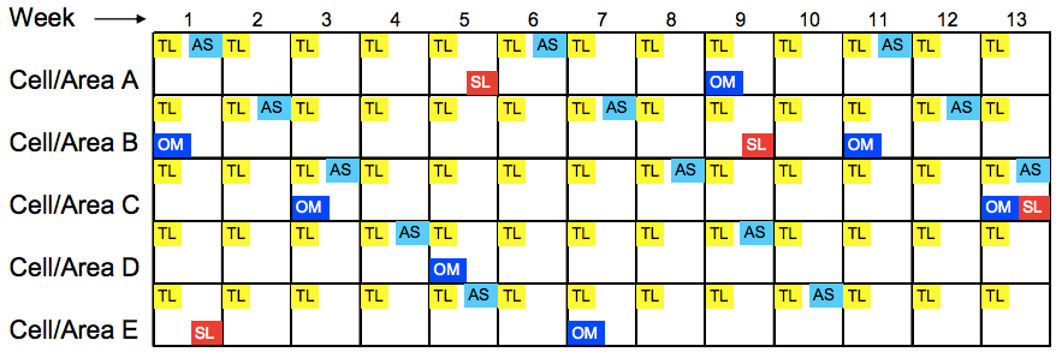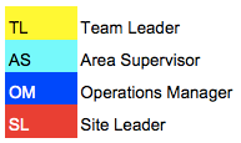This is the 9th and final part of our "9 Steps to Successful Plant Relocation". If you'd like to view other posts in the series, the links are available on this post's right side menu (desktop) or at the end (mobile).
The production is running, and factory operations seem to be fairly smooth. That means that the process is over, correct? No, not at all.
A factory is like any business; it is constantly adapting and improving. Without proper maintenance and continuous improvements, raising costs and inefficiencies will negate the advantages of the move.
Fortunately, there are many activities you can engage in to continuously improve operations and keep the factory effective and productive for years to come.
We will outline a few examples though we recommend that you click on the link to learn more about each topic.
The Process Control Plan
A process control plan lists all processes within a manufacturing operation (sometimes including the supplier's process if needed). The plan allows you to analyze each process for waste, inefficiency, and delays. Process control plans are required for nearly all OEM auto parts suppliers and are part of IATF 16949
The primary advantages of a Process are:
- Each process area is aware of what needs to be done and how they are evaluated.
- Reveals if a quality system is in place and provides the required information to assess any loopholes in the system.
- Informs the quality manager of the information required to draw a process improvement plan for long term improvement.
- Top management can set up an audit schedule that verifies that the plan is respected.
- It gives customers confidence about the organization's capability to deliver good quality.
Example of a Process Control Plan

Standard operating procedures, flow charts, work instructions
In manufacturing, the goal is to make the right product, the right way, at the right time. Customers expect to receive the product they bought as they wish it. To produce a product to an exact standard, a company needs standard operating procedures (SOPs) and standard work instructions.
Factories that do not have these procedures in place often spend considerable time and expense reworking its product until they meet customer specifications. This is both inefficient cost and time-wise.
Our company has seen this many times. Many years ago, we worked with a Chinese company that made furniture and rework every piece. It took over a hundred workers to rework pieces that should have been correct the first time. Even if you have SOPs, it is good to continuously review them and improve them as you learn more about your own processes. Determining an effective SOP from the get-go is necessary and constantly checking it to make sure it’s efficient is integral towards your factory’s success.
Standard Operation Procedure Example

Manufacturing Flow Chart

Internal audit schedule, for example, 5S
It is an excellent practice to have internal audits to ensure that processes that are put in place are followed. 5S is an excellent place to start. 5S needs to become a day-to-day habit for doing business to be effective. Like many processes, it is easy to slip into bad habits when not carefully followed. Regular internal audits will help fight against tendencies to cut corners. Implementing internal audits early on will ensure your employees are accustomed and habituated to good practices that increase efficiency.


CMC is committed to providing you with the latest quality content and insights, download our FREE guide to plant relocation now.




